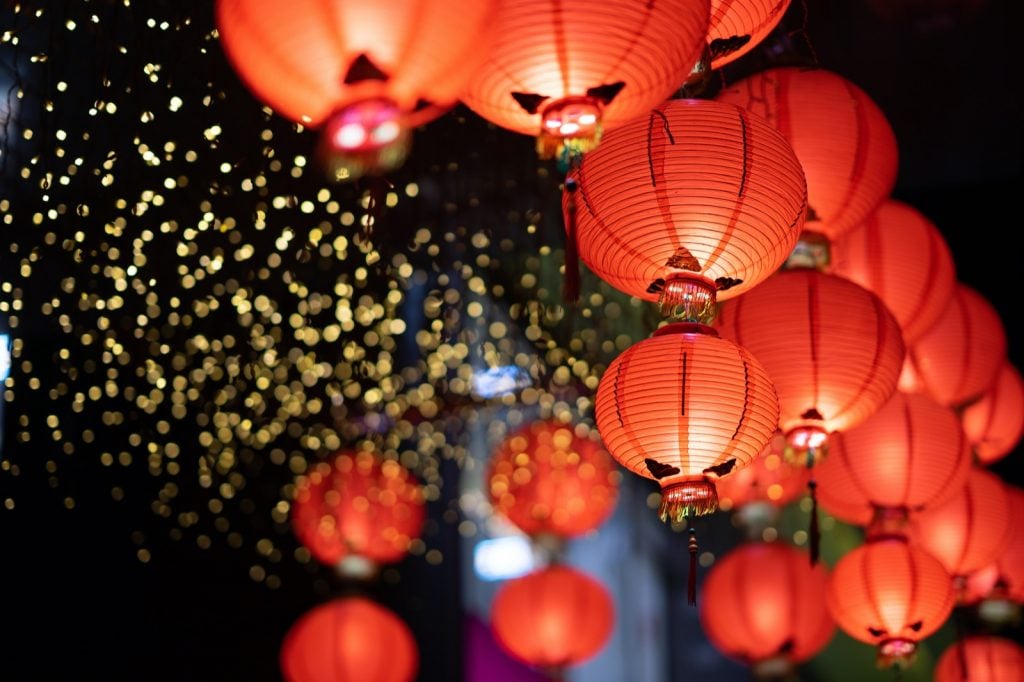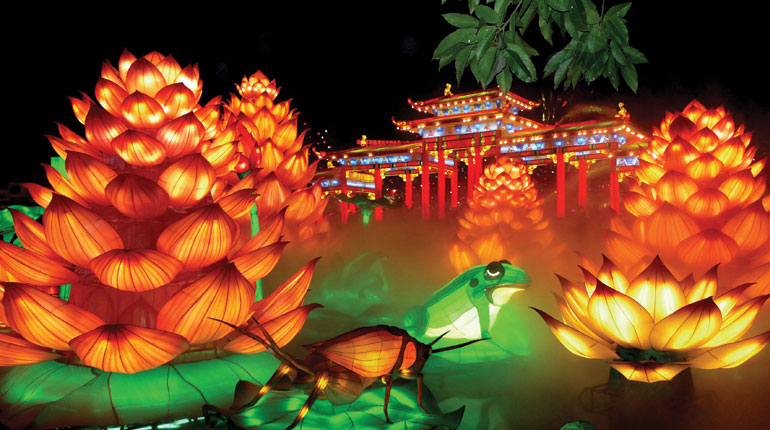Chinese Culture
There are a variety of games in Chinese culture. Most commonly, the game Mahjong is the
favorite 花蜡烛, but many other games are played as well. Other games in Chinese culture include
xiangqi and Shanghai Solitaire, as well as Qigong, a spiritual practice that combines spiritual and
physical exercises. While Mahjong is the most popular game, many other kinds of Chinese
games have their own cultural significance.

The ancient Chinese myths tell of many deities who passed on their culture. The Yellow
Emperor was a renowned sage, teaching his subjects the heavenly Way over five thousand
years ago. Other famous deities in Chinese culture include Shennong and Suiren. These ancient
heroes passed on their knowledge and skills. In addition to teaching their subjects the uses of
fire and the cultivation of the Tao, the Yellow Emperor taught them the uses of fire.
The Chinese have many religious traditions and are known for their sensitivity towards others. In
addition to the Confucian philosophy, they practice divination and other forms of alternative
medicine. The most well-known holy figures are the Jade Emperor, Guan Yin, and the Door god.
They have also adopted the dog symbol into their names, as well as Imperial guardian lions.
Although these traditions have been abandoned, they are still prevalent in the Chinese culture.
The history of Chinese culture dates back to the Paleolithic era. Before the first dynasties, the
country had become known for its bronze vessels and other religious artifacts. Embroidery,
weaving, and paper cutting became popular among women. During the Song Dynasty, porcelain
were developed, and the art of pottery reached its apogee. Even today, jade continues to be
revered and is used in funerals.

The Chinese culture has many dialects. The Min dialect is spoken by 4.1 percent of the
population. Xiang dialect is spoken by 3.8 percent of the Chinese. The Xiang dialect is the most
common dialect. The Hakka and Wu dialects are spoken by 3.7 and 2.4 percent of the
population, respectively. The guqin is the most common of these dialects. In the early part of the
19th century, Catholic and Protestant missions in China began to work in the country, but have
made little progress in their attempts to convert the Chinese to their religions.
The Chinese culture is highly diverse, but has been largely influenced by the history of the
country. Its architecture and music have been admired throughout the world. The language is an
integral part of Chinese culture, but is not the only cultural component. Despite its diversity,
Chinese people share some cultural characteristics. In terms of language, the most widely
spoken dialect is Mandarin, while the earliest written form is called Vernacular Chinese.
